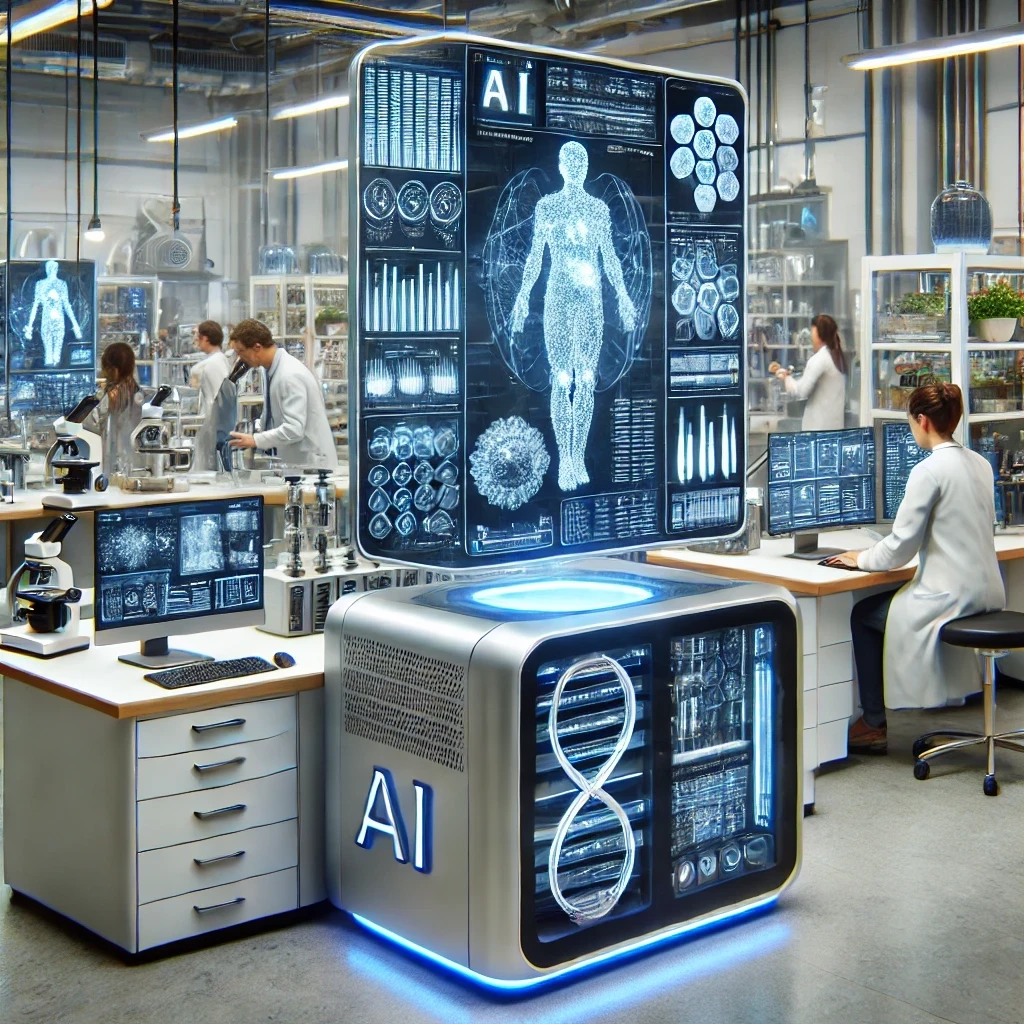Alphabet's DeepMind AI Algorithm Wins Protein-Folding Contest
This development could be a key step in finding molecules useful in the creation of new medicines
Add bookmarkAlphabet’s DeepMind AI software, AlphaFold, has beaten competitors to correctly predict the complex, three-dimensional shapes into which proteins can be folded.
The contest was organised by the Protein Structure Prediction Centre, an institution supported by the U.S. National Institute of General Medical Sciences.
Speaking on this win, Demis Hassabis, co-founder and CEO of DeepMind said “for us, this is a really key moment. This is a lighthouse project, our first major investment in terms of people and resources into a fundamental, very important, real-world scientific problem”.
Related: Find out how AI is transforming the pharmaceutical industry at our upcoming digital event Smart Lab Exchange Digital
A clear victory for DeepMind
Out of 98 software programs, DeepMind’s algorithm placed first. On one part of the contest, the software was able to accurately predict the structure of 25 out of 43 proteins, compared to the second place algorithm which only scored three out of 43.
To create the algorithm DeepMind brought together experts from the fields of structural biology, physics and machine learning. They applied cutting edge techniques to allow the technology to predict 3D structures of a protein based solely on its genetic sequence. The development built upon years of prior research in using vast genomic data to predict protein structures and utilized two different deep neural networks.
AlphaFold was able to accurately predict the structure of 25 out of 43 proteins
Although DeepMind proved the advanced level of their technology, other competitors fielded strong solutions. The contest organizers said that “this year has observed unprecedented progress in the ability of computational methods to predict protein 3-D structures”.
The problem with proteins
The ability to predict a protein’s shape is fundamental to understanding its role within the body, as well as diagnosing and treating diseases believed to be caused by misfolded proteins, such as Alzheimers, Parkinsons, Huntingtons and cystic fibrosis.
What any given protein can do depends on its unique 3D structure. However, figuring out the 3D shape of a protein purely from its genetic sequence is a complex task that scientists have found challenging for decades. The biggest issue is the “protein folding problem”; trying to predict how a long chain of amino acids will fold into the intricate 3D structures of a protein.
Many scientists have struggled with the "protein folding problem"; understanding how amino acid chains will fold into a 3D structure
Known as Levinthal’s paradox, it is estimated that it would take longer than the universe to enumerate all the possible configurations of a typical protein before reaching the right 3D structure.
Read More: Discover how machine learning is being used in drug discovery
By using AI solutions, estimating the right 3D structure is now an achievable goal. Hassabis is quick to note that DeepMind have not yet solved the protein folding problem, as this is just a first step. However in this hugely challenging problem, there is now a strong starting system with plenty of potential.
Acquiring further knowledge on the shape of proteins and how they operate through future simulations and models will open up potential in drug discovery and also reduce the cost of experimentation.
































